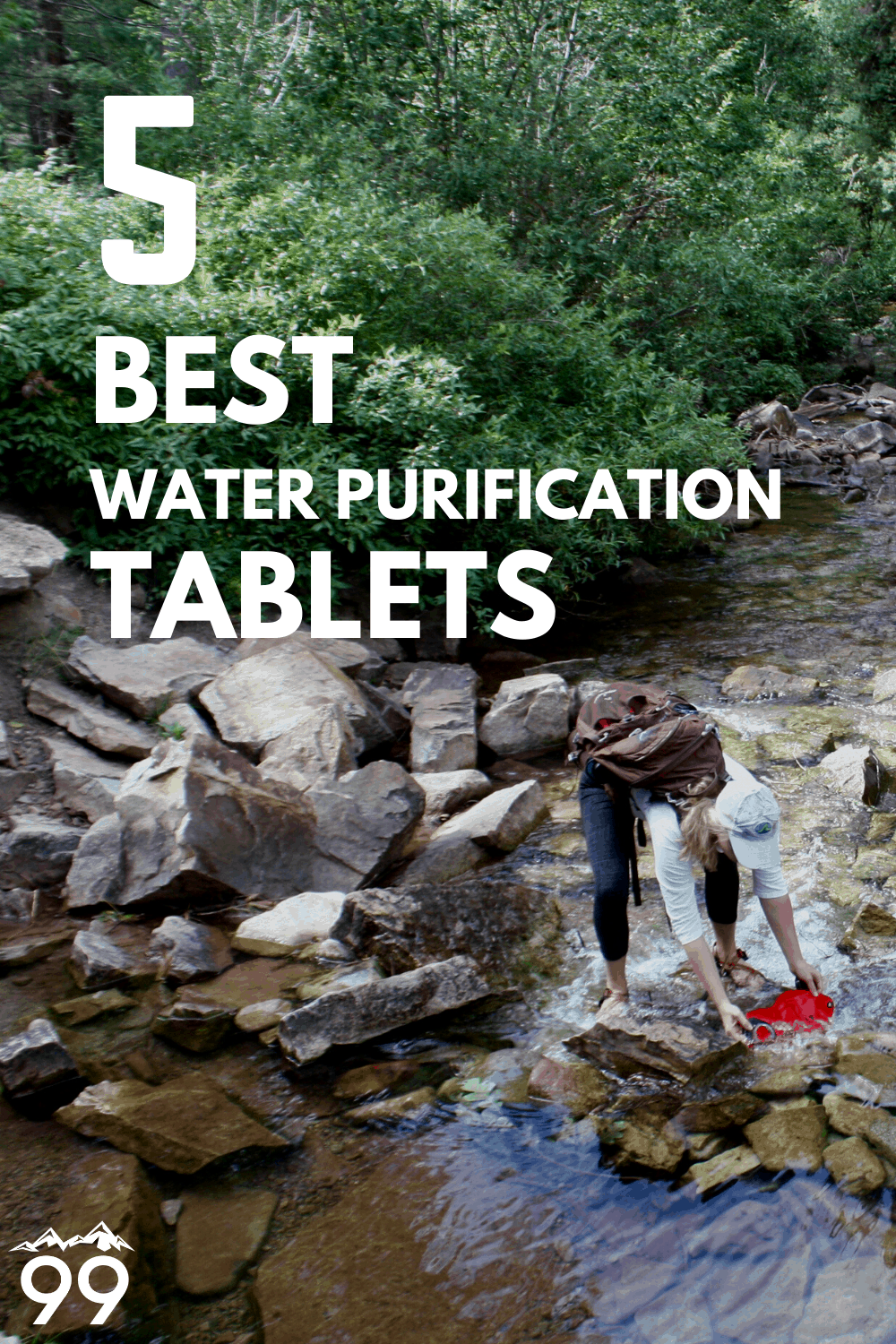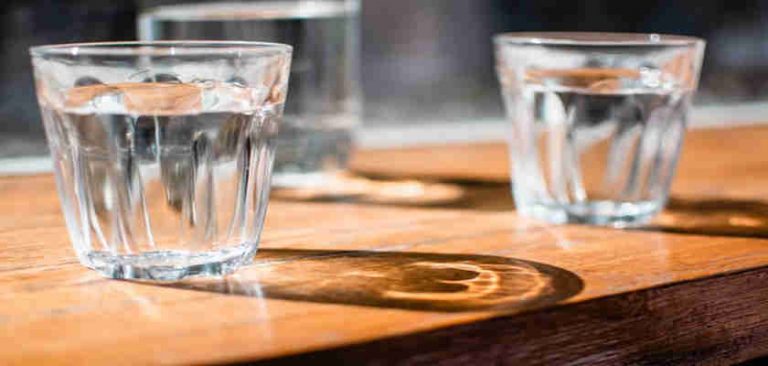Getting Pure Water: A Guide to Different Methods
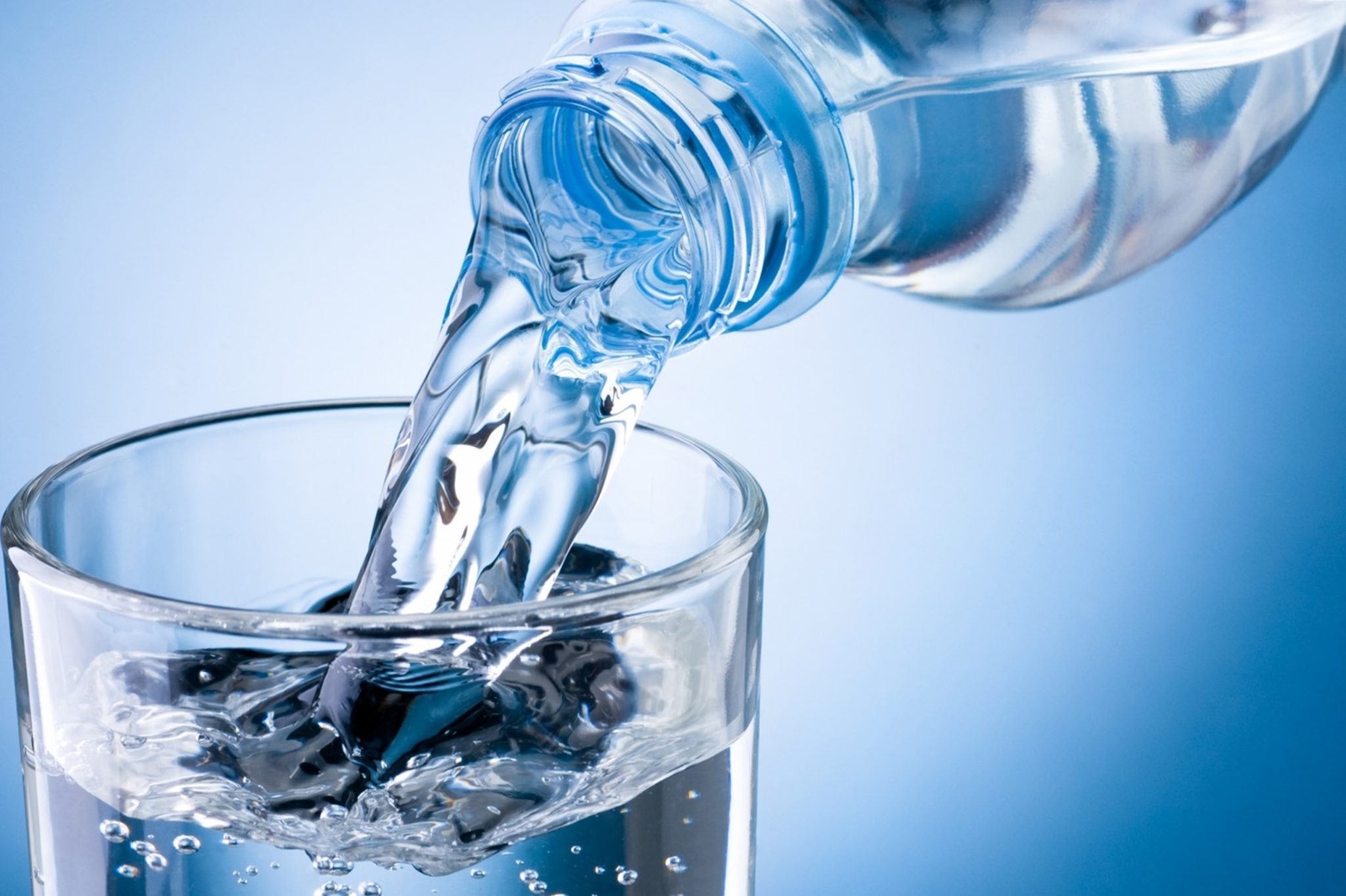
Pure water, devoid of impurities and harmful elements, is crucial for optimal health and well-being. But how do you get it? Depending on your situation and desired level of purity, several methods can help you achieve that clean glass. Here’s a breakdown of some popular options:
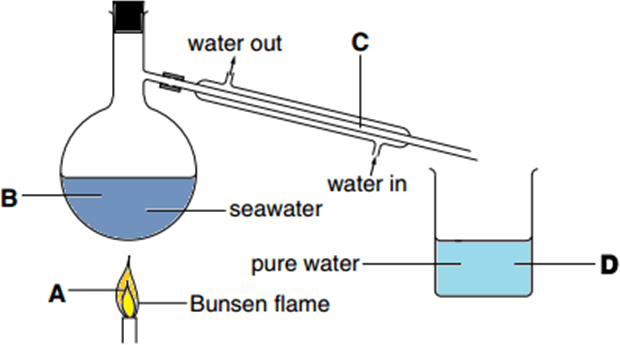
Simple Solutions:
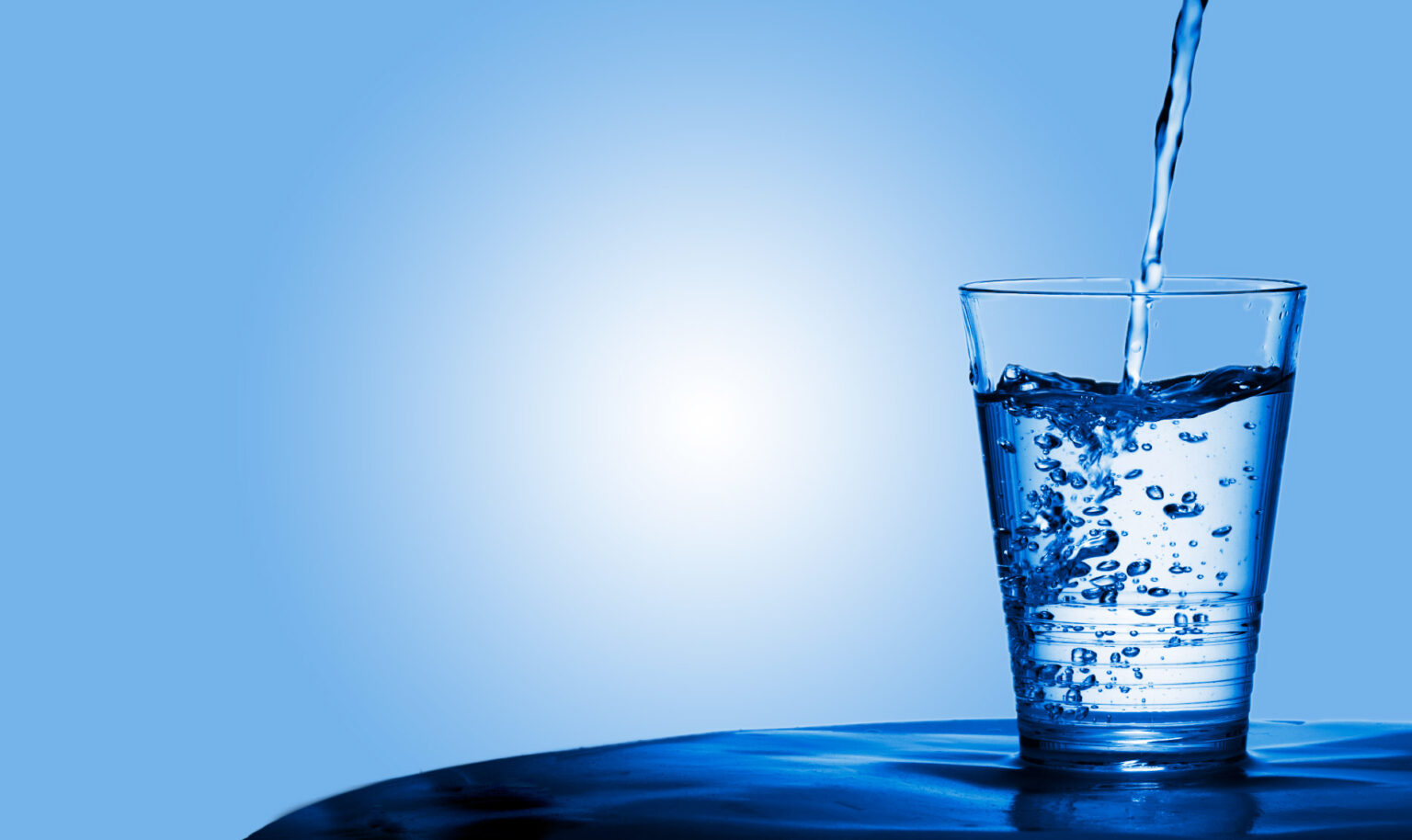
Boiling: This age-old technique remains effective. Boiling water for 1 minute at sea level (3 minutes above 6,500 feet) kills virtually all bacteria and viruses. It’s affordable, accessible, and works even in remote locations. However, boiling doesn’t remove dissolved minerals or chemicals.
Water filtration: Various filters target different contaminants. A basic activated carbon filter removes chlorine and some organic compounds. Ceramic filters eliminate bacteria and protozoa. For more potent filtration, consider reverse osmosis systems that push water through a semi-permeable membrane, leaving most impurities behind.
Advanced Techniques:
Distillation: This method boils water, captures the steam, and condenses it back into pure liquid. Distilled water is virtually free of all impurities, but it can lack essential minerals and taste flat.
UV radiation: Portable UV devices use ultraviolet light to kill microorganisms in water. They’re effective and quick, but may not remove chemicals or sediment.
Chemical treatment: Chlorine tablets or liquid drops are readily available and disinfect water by killing bacteria. However, they have a chemical taste and may not be suitable for all situations.
Considerations:
Source of water: The purity level of your source water (tap, well, river) will determine the necessary purification method. Heavily contaminated water might require multiple techniques.
Desired level of purity: Do you need water for drinking, cooking, or medical purposes? Each purpose may have different purity requirements.
Cost and accessibility: Consider the budget and availability of equipment and methods. Boiling and basic filtration are generally affordable, while advanced techniques may require investment.
Remember, pure water doesn’t necessarily mean mineral-free. Minerals like calcium and magnesium are essential for health. Some methods like distillation remove these minerals, so adding a pinch of mineral salts afterwards might be beneficial.
No matter your situation, there’s a way to get the pure water you need. Choose the method that best suits your needs and enjoy the benefits of clean, healthy hydration!
Bonus: Explore natural methods like solar disinfection or sand filtration for sustainable and low-tech options in specific situations.
I hope this explanation helps! Feel free to ask if you have any further questions about specific methods or your particular situation.







